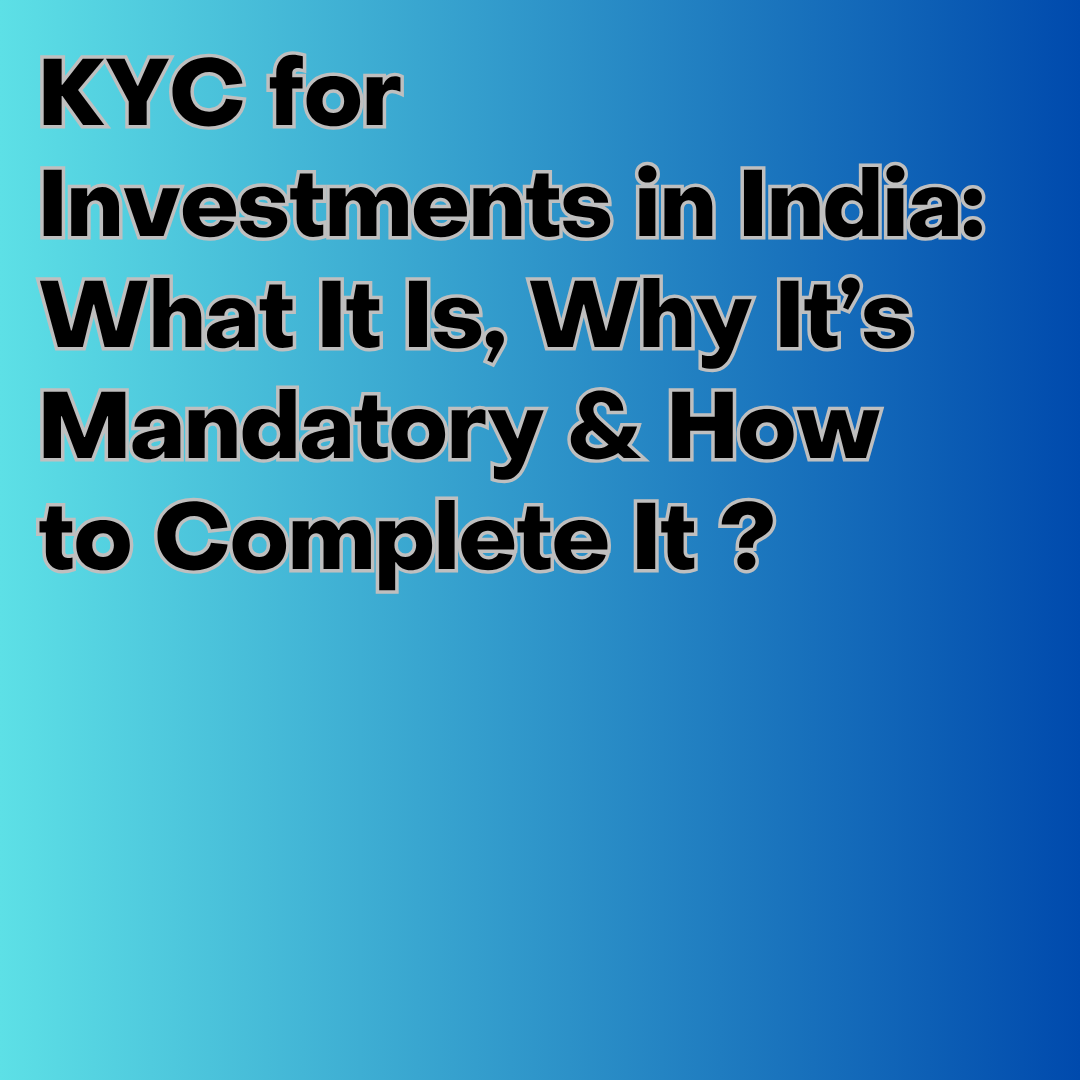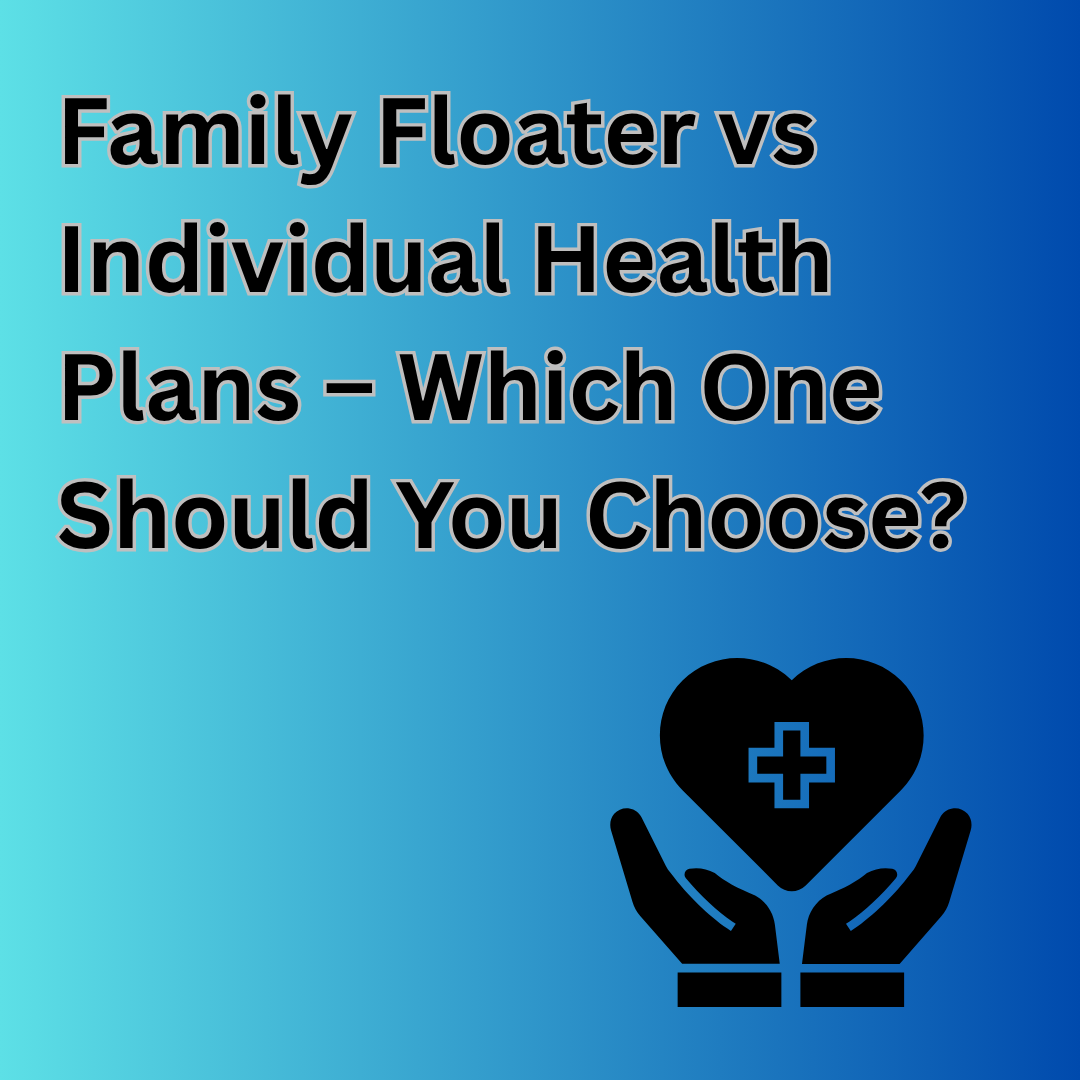How to Plan Your Health Insurance with Your Financial Goals

How to Plan Your Health Insurance with Your Financial Goals
When it comes to financial planning, most people prioritize savings, investments, and tax-saving instruments. But what often gets overlooked is health insurance—which can actually be a core pillar of your long-term financial well-being.
Planning your health insurance in alignment with your financial goals not only protects you against unexpected medical expenses but also ensures your goals stay on track.
Why Health Insurance Should Be Part of Your Financial Plan
Imagine saving for your child’s education or your retirement for years—only to deplete it because of a sudden hospitalization. Health-related emergencies are unpredictable, but with the right health insurance, you can stay financially secure without touching your investment corpus.
Health insurance acts as a safety net so that:
-
Your goals stay intact even during health crises.
-
You avoid high medical debt or liquidating long-term investments.
-
You get tax benefits under Section 80D, boosting savings.
Step-by-Step Guide to Align Health Insurance with Financial Goals
1. Assess Your Financial Goals First
Start with a clear list of your financial goals:
-
Short-term (0–3 years): Emergency fund, vacation, gadgets
-
Medium-term (3–7 years): Buying a car, higher education, marriage
-
Long-term (7+ years): Retirement, child’s future, home loan payoff
Once your goals are identified, calculate how much protection is needed to not disturb these plans in case of a health emergency.
2. Analyze Your Current Coverage
Do you already have:
-
Employer-provided health insurance?
-
Any individual/family floater policy?
-
Critical illness or top-up plans?
Identify gaps in coverage. Employer plans may be insufficient or end when you leave the job. A personal plan offers continuity and higher coverage.
3. Choose the Right Type of Plan
-
Individual Plan: Best for single individuals with specific medical histories.
-
Family Floater Plan: Cost-effective for young nuclear families.
-
Top-up or Super Top-up: Ideal when your base coverage is low.
-
Critical Illness Rider: Needed if your family has a history of severe diseases like cancer or heart conditions.
-
Align plan selection with your life stage and financial planning horizon.
4. Decide the Ideal Sum Insured
-
In metro cities, a single hospitalization can cost ₹5–10 lakh or more.
-
For young families, start with ₹10–15 lakh base cover. Use a top-up plan to extend to ₹25–50 lakh without drastically increasing premium cost.
-
Pro Tip: Use the 50-30-20 rule: Ensure insurance premium stays within the 20% allocated to protection-based expenses in your monthly budget.
5. Plan for Premiums with Long-Term View
-
Buy early to lock in low premiums
-
Opt for annual premium payments to avail discounts.
-
Consider long-term health plans (2–3 years) for price lock-in and tax planning.
6. Link It with Tax-Saving Strategy
-
Under Section 80D, you can claim:
-
Up to ₹25,000 for self and family (non-senior)
-
₹50,000 for senior citizens
-
₹75,000–1,00,000 for self + parents (if parents are seniors)
-
This helps you meet year-end tax-saving targets.
7. Review Your Policy Every Year
As your income and goals grow, your insurance coverage should too:
-
Increase your sum insured every 3–5 years
-
Add maternity, OPD, or wellness benefits as needed
-
Reevaluate if family size or medical history changes
Real-Life Scenario
Let’s say you're saving ₹1 crore for your child’s education over 15 years. A major surgery costing ₹10 lakh at year 7 could wipe out years of investment.
With proper health insurance, the treatment cost is covered—and your child’s education fund stays untouched.
Conclusion
Health insurance isn’t just a backup plan—it’s a smart financial tool. It protects your income, savings, and long-term dreams from being derailed by medical expenses.
Aligning your health insurance with your financial goals means you’re not just planning for today, but protecting your tomorrow.

















































